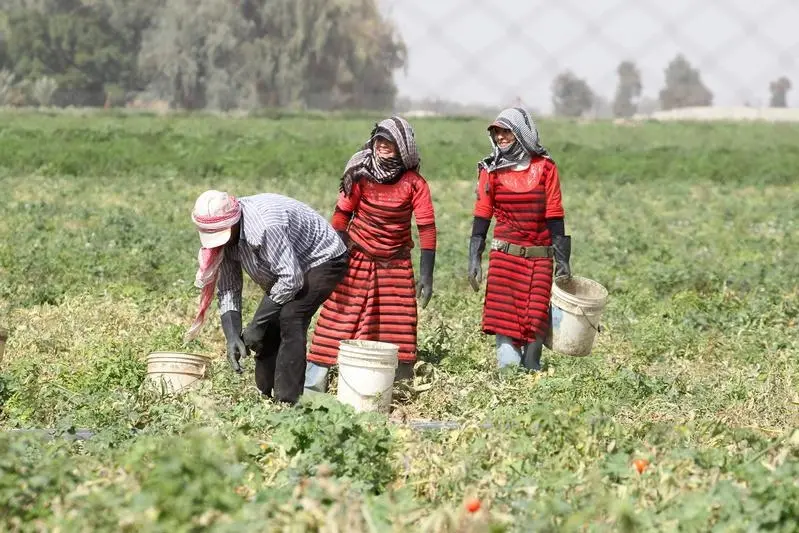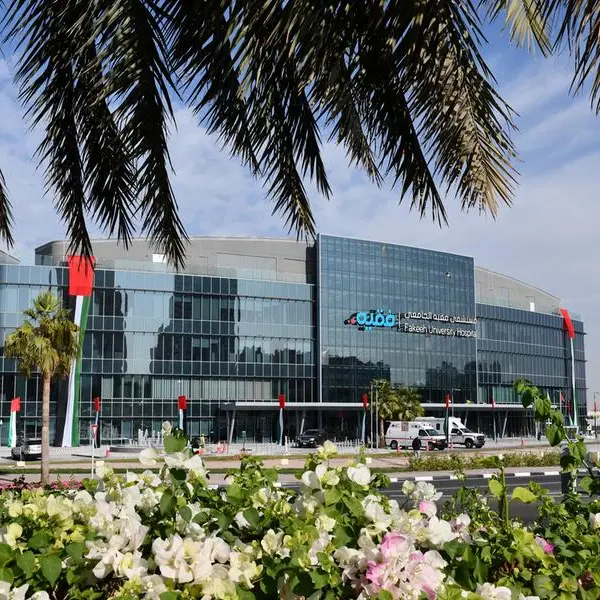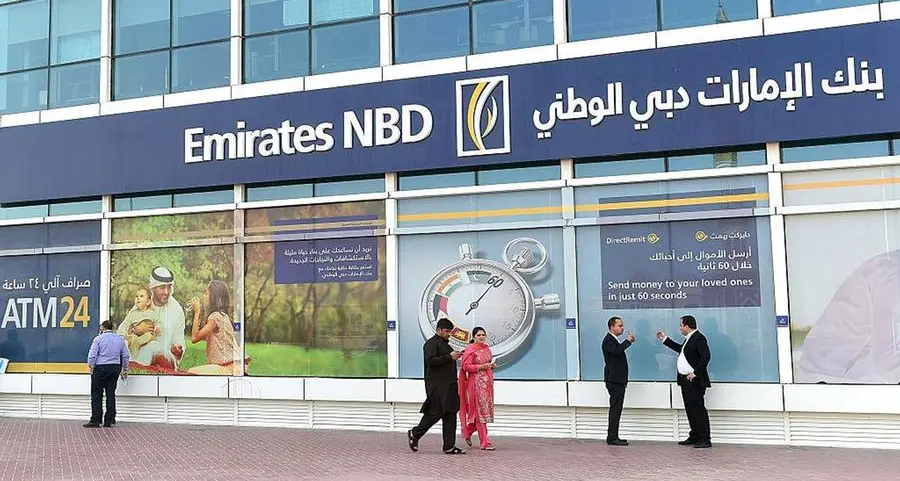PHOTO
The agricultural sector in Jordan looks set to benefit from efforts to develop alternate export routes to replace those closed by the Syrian conflict.
The industry is also pegged to see an influx of labour, as the Jordanian government and international stakeholders work to incorporate more Syrians into the local workforce.
Adjusting to circumstances
Despite high domestic production, food exports continue to be impacted by the closure of key trade routes between Jordan and its neighbour to the north, Syria.
Jordanian authorities closed the last official border crossing at Jaber in April 2015, when Damascus lost control of the area. Prior to the war, the crossing had been a major trade route, providing an outlet for Jordanian goods on the one hand and a conduit for inter-regional trade between Turkey, Europe and the GCC on the other.
Even before the border closure, the conflict in Iraq and Syria had stalled much of Jordan's agricultural exports; 400,000 tonnes, or close to half of Jordan's exported fruits and vegetables, had been destined for these two markets, with another 70,000 earmarked for Lebanon and Turkey combined.
"Before the war, Jordan used to export more than 250,000 tonnes of fruits and vegetables every year to Syria and Europe," Zuweir Jweihan, president of the Jordan Exporters and Producers Association for Fruits and Vegetables, told local media in January. "After the war started, the largest amount of agricultural produce never exceeded around 60,000 tonnes."
Alternate routesJordanian authorities have been looking for alternate outlets for domestic produce, including sending supplies south to their GCC neighbours.
"Agricultural produce exported to the Gulf countries is expected to surpass exports during the same period last year," Nimer Haddadin, spokesperson from the Ministry of Agriculture (MoA), told local media earlier this year. "A total of 50 refrigerated trucks carrying 900 tonnes of fruit and vegetables are heading to the Gulf states every day, which will positively affect farmers."
The Gulf market currently consumes around 83.2% of Jordan's fruit and vegetable output, the MoA noted.
Strengthening trade ties with its GCC neighbours may be a prudent first step but is not a complete solution, according industry stakeholders. While summertime demand is strong in the Gulf states, consumer appetite is weaker in the winter, which could expose Jordanian farmers to seasonal oversupply.
"The problem is where to export the fruits and vegetables which we produce during winter," Zuweir said. "Jordan's annual production of fruits and vegetables stands at around 2.5m tonnes, 75% of which is produced in winter, and half of that is destined for exporting."
Eastern European prospectsEastern Europe could present a possible winter trade route. Prior to the war in Syria, Jordanian produce exporters had been working to develop contractual relationships with traders in eastern EU member-states like Hungary and Romania.
Indeed, there is significant scope for export growth to European markets. While the EU accounts for a relatively small share of Jordan's outbound trade flows, EU imports of Jordanian food and raw materials grew by a compound annual growth rate of nearly 14% between 2010 and 2014 to reach €33m, according to the European Commission.
In late 2015 Akef Al Zoubi, minister of agriculture, told media that Russia was another export market being targeted.
"Russia is an important market, equivalent in size to the European market," he told media, adding that trade with Russia could lead other Eastern European countries to follow suit.
Labour influxIn early February Jordanian stakeholders and donor countries met in London at the Supporting Syria and the Region Conference to finalise the so-called Jordan Compact.
The plan calls on the kingdom to create up to 200,000 jobs for Syrian refugees in the coming years though investment in five development zones - Irbid, Karak, Muwaqqar, Maan and Mafraq.
Sectors targeted for job creation include industrial projects in designated development zones, along with sectors that already employ a high number of non-Jordanian workers, such as construction, services, manual labour and agriculture.
Channelling labour into the agricultural sector could be especially promising for boosting exports, given that food already comprises an important part of Jordan's overall merchandise exports.
Between 2008 and 2014, food as a share of merchandise exports grew from 13.7% to 20.4%, giving Jordan one of the highest ratios in the region, according to World Bank data.
In support of these efforts, the international community pledged $1.7bn worth of grants, while multilateral development banks also pledged to double available financing to $1.9bn.
© Oxford Business Group 2016












